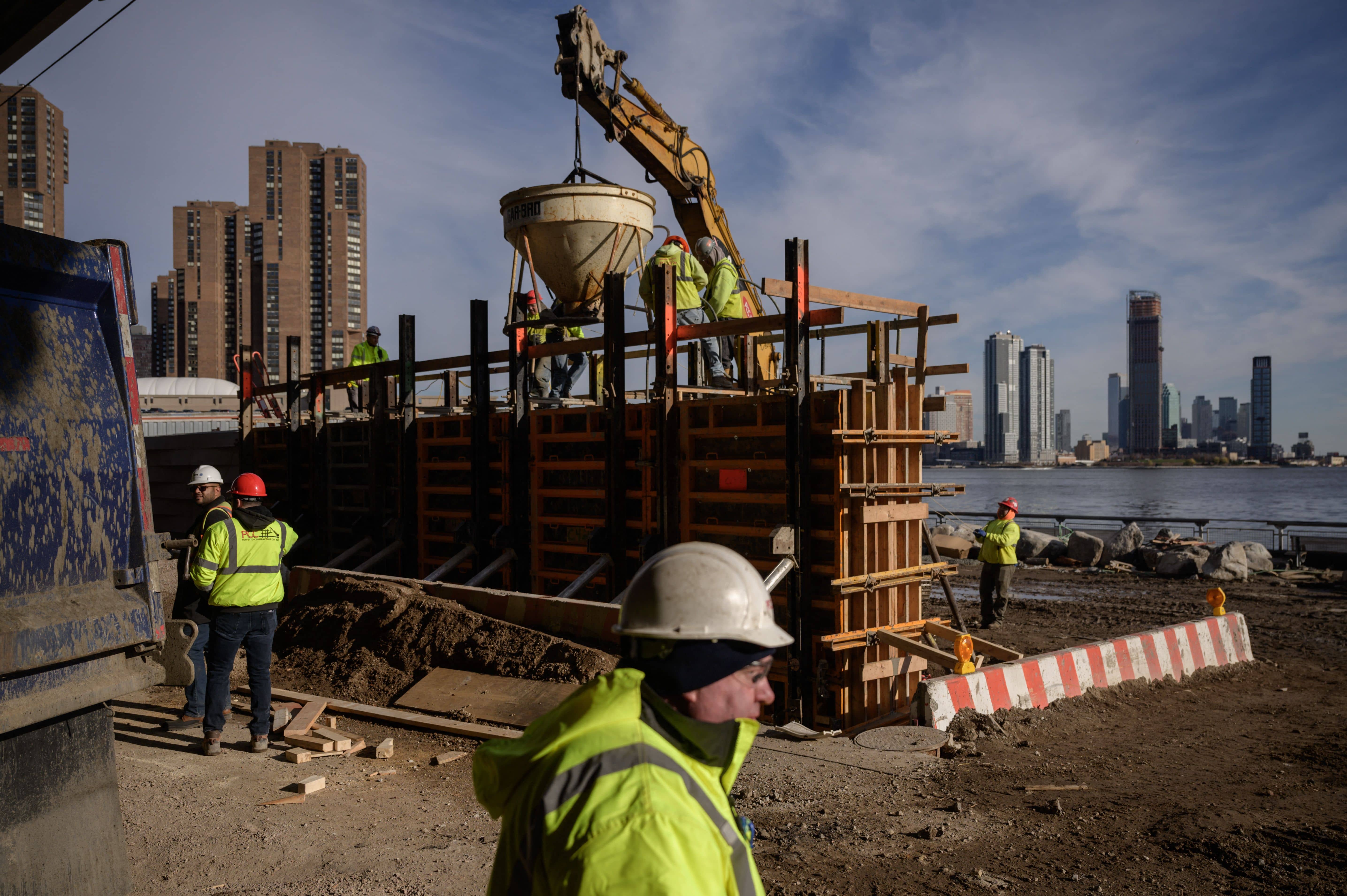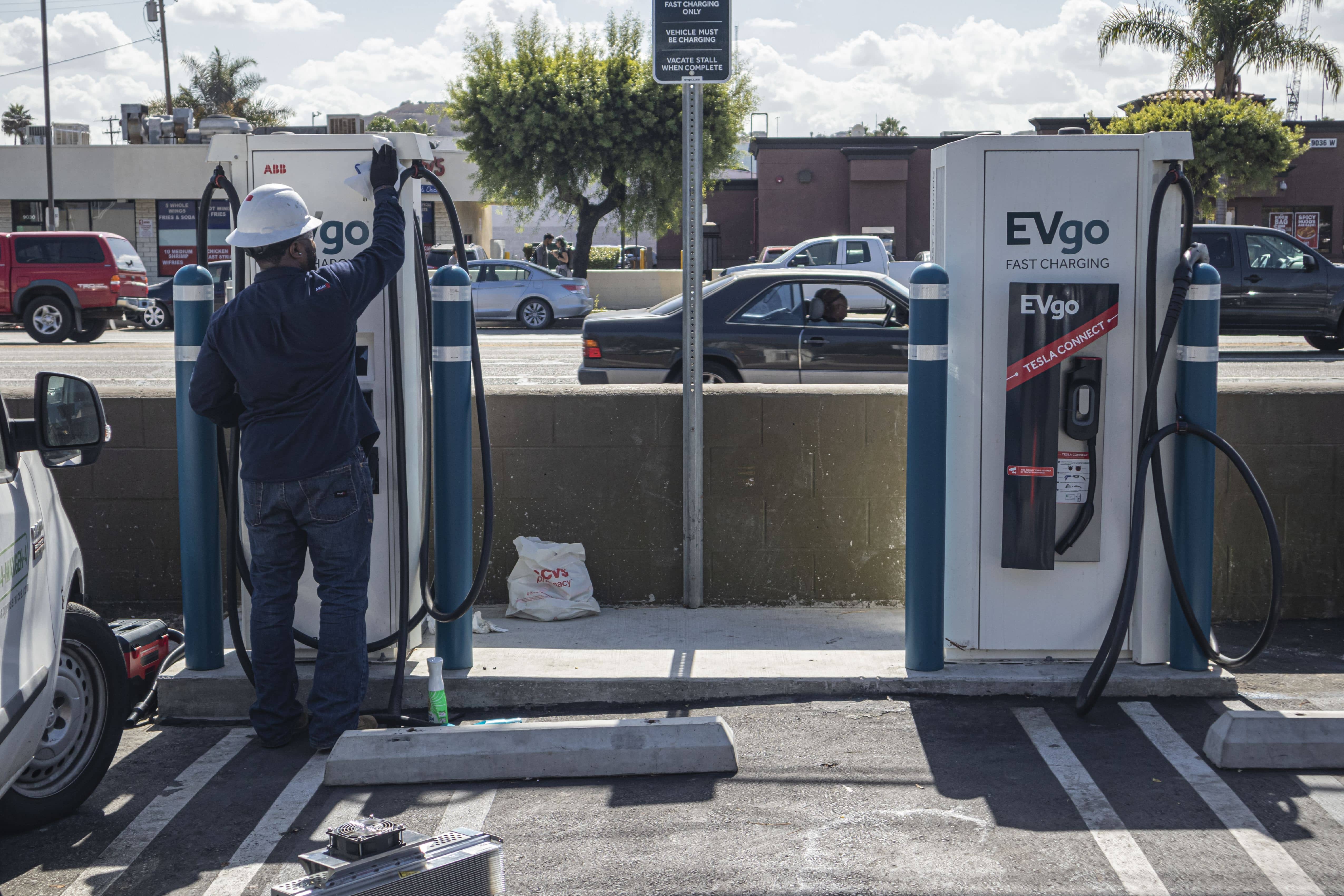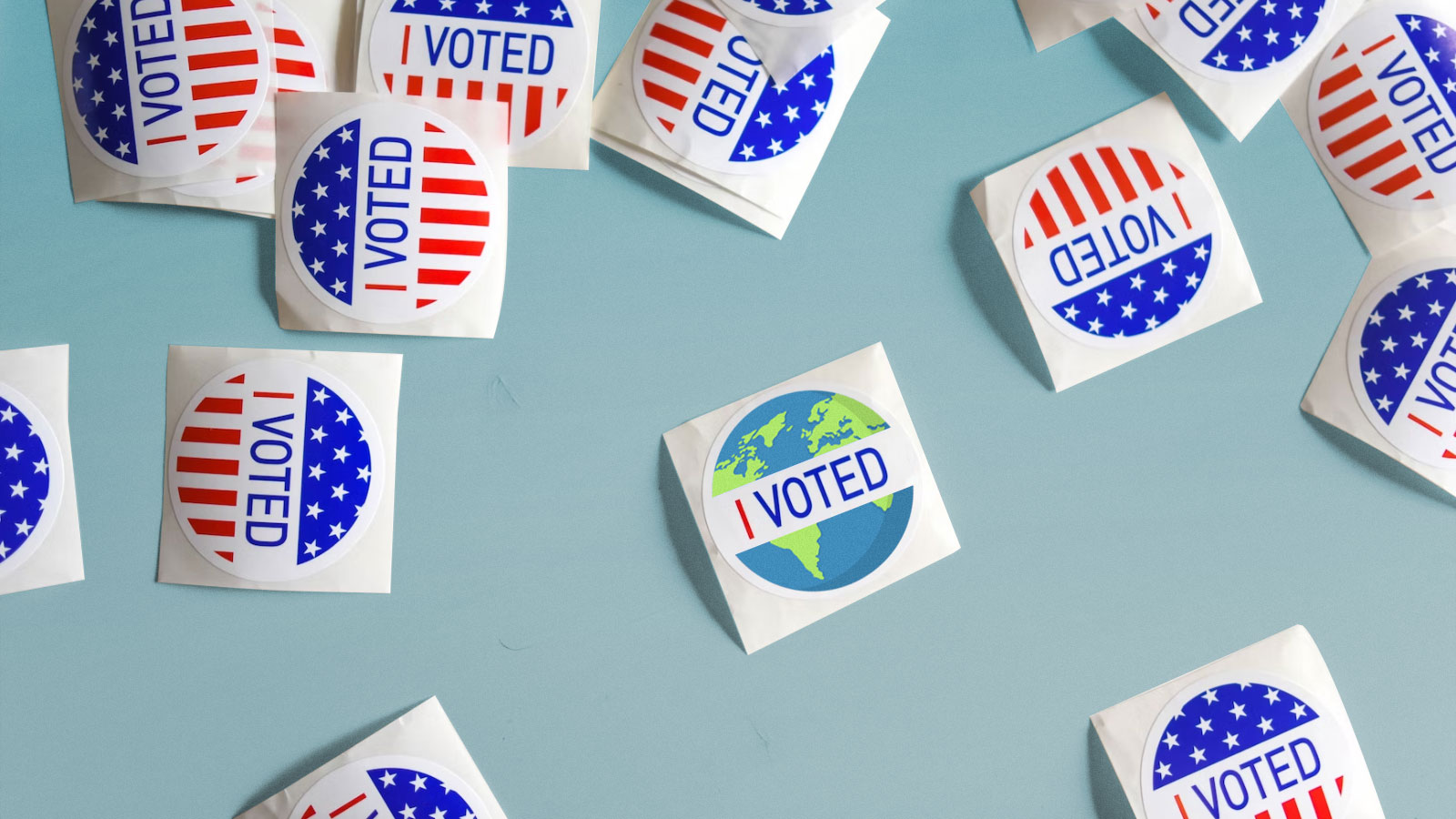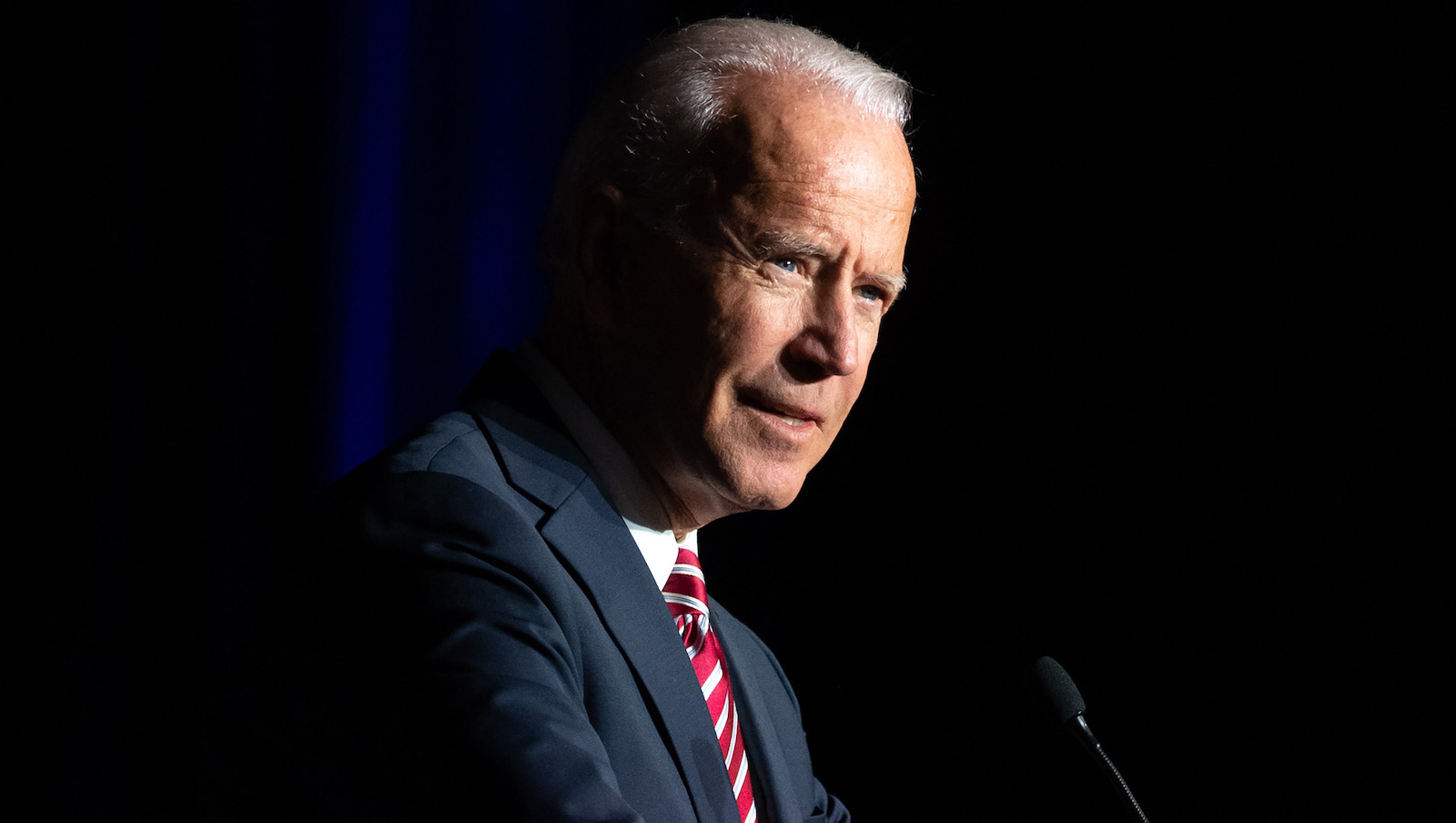For years, with climate bills stalled in Congress, advocates, community groups, nonprofits, and even businesses have relied on ballot initiatives — where citizens vote on new laws alongside new candidates — to push forward environmental action at the state and local levels. In 2020, Michigan voters approved a proposal to use money from oil leases on public lands to fund parks. Two years earlier, Nevada passed the first step of a constitutional amendment requiring utilities to source 50 percent of energy from renewables by 2030, and Florida voted to ban offshore oil and gas drilling in state waters.
There are fewer climate measures on ballots this time around, but the ones that are up for a vote these midterms are big, mainly New York’s Clean Water, Clean Air, and Green Jobs Environmental Bond Act of 2022 and California Proposition 30, which aims to fund zero-emissions vehicles and wildfire prevention. A smaller $50 million environment and recreation bond measure in Rhode Island would fund municipal climate resiliency.
“It’s unusual for there not to be more [state-level] environmental ballot initiatives,” said Nick Abraham, state communications director at the League of Conservation Voters, “but hopefully it’s a sign of progress.”
If passed, the initiatives in New York and California would marshal billions of dollars for new climate action in two of the U.S.’s most populous states. They would also serve as models for other parts of the country looking to develop their own strategies.
As voters prepare to head to the polls November 8, we’re breaking down these major ballot measures — and others — that have the potential to significantly advance climate progress in the U.S.:

New York: The Clean Water, Clean Air, and Green Jobs Bond Act of 2022
New York passed its first environmental bond act in 1910, borrowing money to establish a network of state parks. Since then, voters in the state have approved 10 ballot measures to fund environmental projects, from improving wastewater infrastructure to addressing the impacts of pollution on public health. The 2022 Bond Act would be the first one in over 25 years — and the largest in state history.
The measure got its start in 2020, when former Governor Andrew Cuomo proposed the “Restore Mother Nature Bond Act,” which would have allowed the state comptroller to sell up to $3 billion in state bonds to revitalize fish and wildlife habitat, expand renewable energy, and protect the state from floods. Cuomo withdrew the act over economic concerns during the COVID-19 pandemic, but it’s back for the 2022 midterms, this time with a new, more sober name and an amendment by Governor Kathy Hochul to increase the amount to $4.2 billion.
The stakes:
The Clean Water, Clean Air, and Green Jobs Bond Act would fund environmental projects in four major areas: At least $1.1 billion would go to ecosystem restoration and reducing flood risk, including coastal rehabilitation and voluntary buyout programs, in a state where hurricane frequency and severity is only expected to increase. Up to $650 million would fund land conservation and recreation, including farmland preservation. Up to $1.5 billion would go to climate change mitigation, including funding for zero-emission school buses and strategies to reduce urban heat. And at least another $650 million would go to water quality improvements and climate resilient infrastructure.
The measure would also require that 35 percent of the funds be spent in “disadvantaged communities,” currently defined by a state Climate Justice Working Group using variables like high exposure to flooding, extreme heat, and pollution, and socio-economic factors like race, ethnicity, and income. An economic impact analysis of the act found that it could create or support 84,000 jobs statewide.
Its chances of passing:
With such a wide span of initiatives supported by the proposition, and investments right in people’s backyards, campaigners say it’s likely that this bill will pass. A broad coalition of environmental groups, labor unions, farmers, land trusts, and government organizations have come together in favor of the ballot measure, raising over seven figures. The biggest donors are The Nature Conservancy and Scenic Hudson.
“New Yorkers will vote yes on this one,” said Julie Tighe, president of the New York League of Conservation Voters. “We just need to make sure they know it’s there.”
While the New York State Conservative Party has opposed the measure, there’s no organized opposition, which bodes well for the future of climate funding in New York State.

California: Proposition 30
California originally had two climate ballot initiatives this year, but a measure to reduce single-use plastics was withdrawn at the last minute after stakeholders negotiated a bill achieving many of the same goals. Now all that’s left is Proposition 30, which would raise taxes for California’s wealthiest residents to fund EV adoption and wildfire fighting. The measure has found unlikely bedfellows: some of the same labor unions that clashed with rideshare companies in 2020 over a proposition to classify drivers as contractors with limited benefits have now teamed up with Lyft in support of Prop 30.
The stakes:
The proposition would increase the income tax for people making over $2 million a year by 1.75 percent for a 20-year period (or until three years after statewide emissions drop to 80 percent of 1990 levels.) The money generated — an estimated $3.5 to $5 billion a year — would go to three areas:
A zero-emissions vehicle infrastructure fund would receive 35 percent to build charging stations, and another 45 percent would go to rebates and other incentives for electric vehicle purchases, with at least half of all EV-related money being spent in low-income communities. The last 20 percent would go to a fund for wildfire prevention and suppression, with a priority on hiring and training new state wildland firefighters.
Its chances of passing:
Proposition 30 is the standout contested measure on the California ballot, and while so far the majority of voters support it, it’s uncertain how the final tally will shake out.
A string of environmental, labor, and public health organizations including the American Lung Association, the Union of Concerned Scientists, firefighter groups, electrician unions, and even actress and environmentalist Jane Fonda have supported the proposition. They argue that it would help reduce air pollution from wildfires and gas-powered cars, and that the wealthiest individuals in the state should pay. The California Democratic Party endorsed the initiative, as did the controversial rideshare company Lyft.
In September, Governor Gavin Newsom paced around in a television ad telling Californians, “I gotta warn ya” about Proposition 30. He called it “[Lyft’s]’s sinister scheme to grab a huge taxpayer funded subsidy.” Rideshare companies, by law, will have to log 90 percent of their miles in electric vehicles by 2030 to meet California’s Clean Miles Standard. Lyft has spent over $45 million to support the proposition so far, although Prop 30 supporters point out that revenue from the tax would go to the same electric vehicle programs that Newsom funds with his own budget. Plus the EV incentives would go to Lyft drivers to buy cars, not directly to the company itself.
Newsom’s break with his own party to come out against the measure gave a boost to opponents, including the state Republican Party, the Chamber of Commerce, three large timber companies that make money on wildfire salvage, and the California Teachers Association, which would like to see more money go to schools. Besides calling it a Lyft tax grab, opponents argue that with the state’s recent $10 billion investment in EV goals and a budget surplus of over $90 billion, California doesn’t need to raise taxes. Newsom has expressed concerns that the proposition would destabilize California’s tax revenue, which relies heavily on high-income earners. But a report released in early October shows the measure could help the state make major strides towards meeting its climate goals while supporting middle- and low-income residents.
The No on Proposition 30 committee has raised around $15 million in contributions, mostly from wealthy individuals who would be most likely to pay the new tax. On the other side, the Yes on 30 coalition is a broad and powerful one; although support has been slowly slipping in the polls over the past few months, an early October poll from the University of California, Berkeley found 49 percent of voters support the measure, 37 percent oppose, and 14 percent are still undecided.
Other ballot measures to watch:
In Rhode Island, voters will be deciding on Question 3, a $50 million environment and recreation bond measure that would fund small business energy loans, watershed and forest restoration, and land acquisition. The bulk of the money, $16 million, however, would go to municipal climate resilience, helping communities improve coastal habitats and floodplains and strengthen infrastructure.
In most states, bonds that create public debt have to be brought before voters. Rhode Islanders haven’t rejected a bond measure since 2006, and have approved 29 since then. With no formal opposition, and a supporting coalition that includes political leaders, the Rhode Island Infrastructure Bank, and various conservation groups, this one is likely to pass.
While there aren’t many state climate ballot initiatives to watch this year, local ballots are a different story. No organization tracks all environmental initiatives at the county and city level, but the Trust for Public Land’s LandVote Database lists 58 land conservation and park measures on local ballots across the U.S. That number does not include initiatives to reduce emissions or adapt to climate change without a land-based component.
In Cochise and Graham counties in Arizona, Wilcox Basin residents will vote on new restrictions on large groundwater wells; a yes vote would mark a new precedent of a rural community restricting its own water use and successfully regulating large-scale farms. In Denver, voters will revisit a landmark 2020 initiative to increase sales taxes by .25 percent to fund climate action; they’ll also weigh in on a requirement for all buildings and food waste producers to provide recycling and composting. A local tax measure in Los Angeles would generate $227 million annually to prioritize the creation of parks and recreation spaces in areas lacking access to greenspace. In Illinois, a proposed county tax increase on the ballot would be used to establish forest preserves in Chicago’s southeastern suburbs.
Those are just the tip of the iceberg. “This year we’re seeing a lot more equity initiatives,” said Andy Orellana, associate communications director at the Trust for Public Land. While there will still be a need to ensure funds are spent equitably and correctly, Orellana sees it as a hopeful sign of progress.



